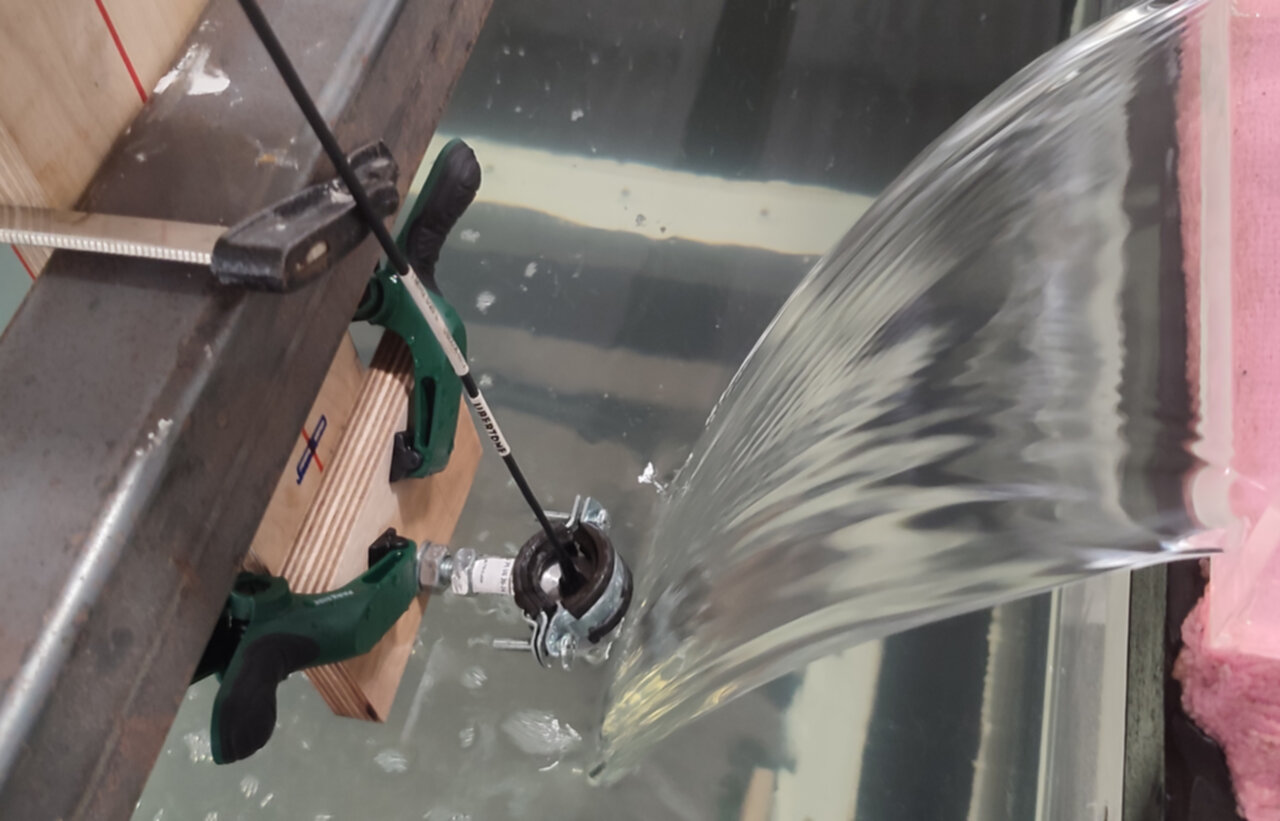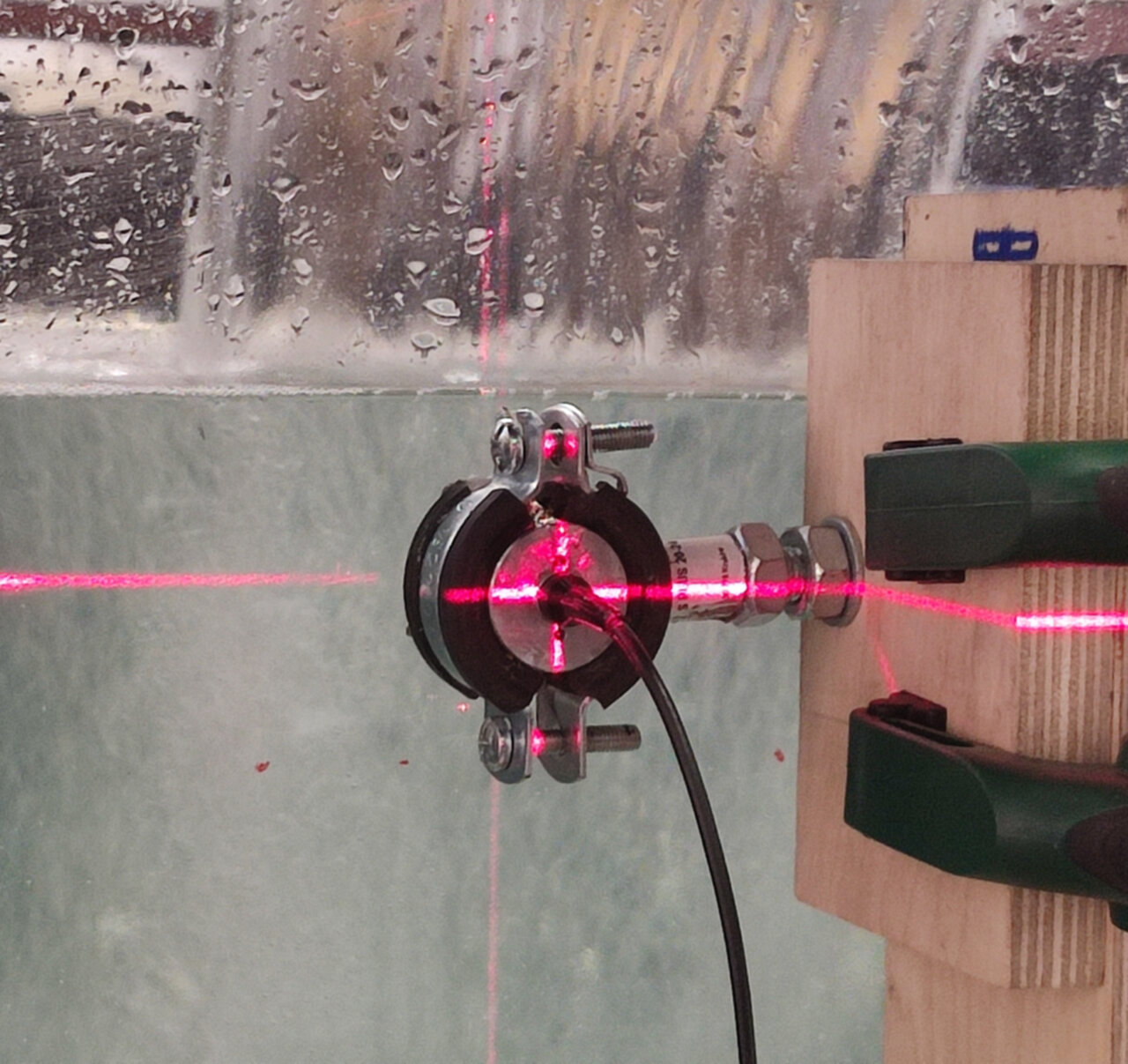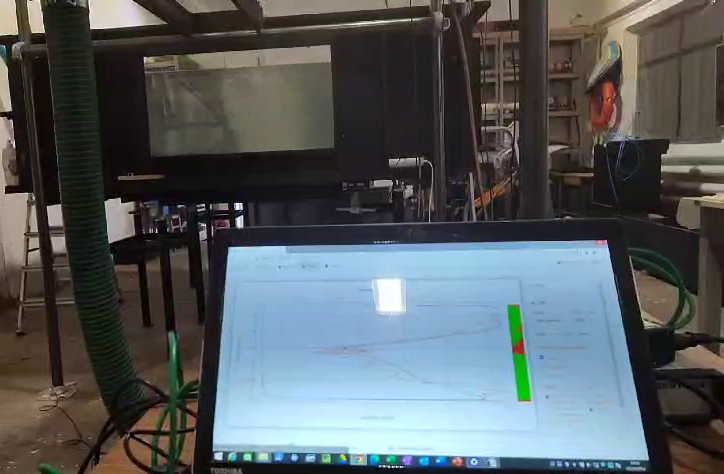Study of Leonardo da Vinci's water flows drawing
Leonardo da Vinci's water flows drawings are a testimony of its genius. An example of such drawings is the impigning jet flow depicted in the Figure 1. Different phenomena are illustrated namely: the impigning jet, vortexes with different scales and the emergence of the entrained air as bubbles.
How accurate are his drawings? Where can we draw a line between an artistic and a scientific depiction of the flow?
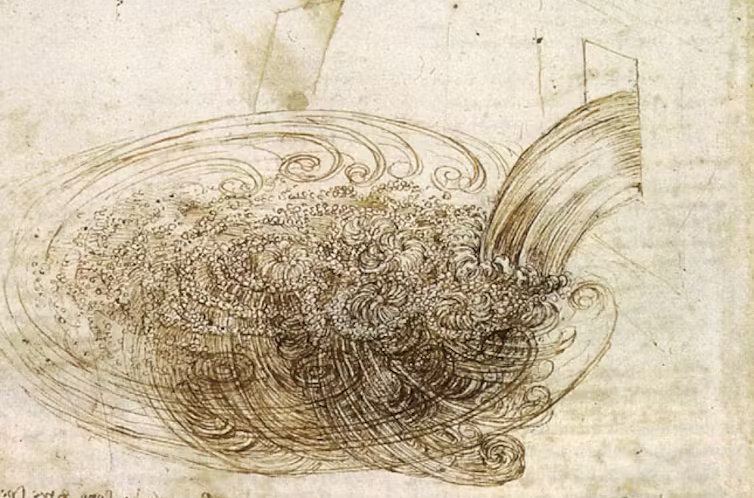
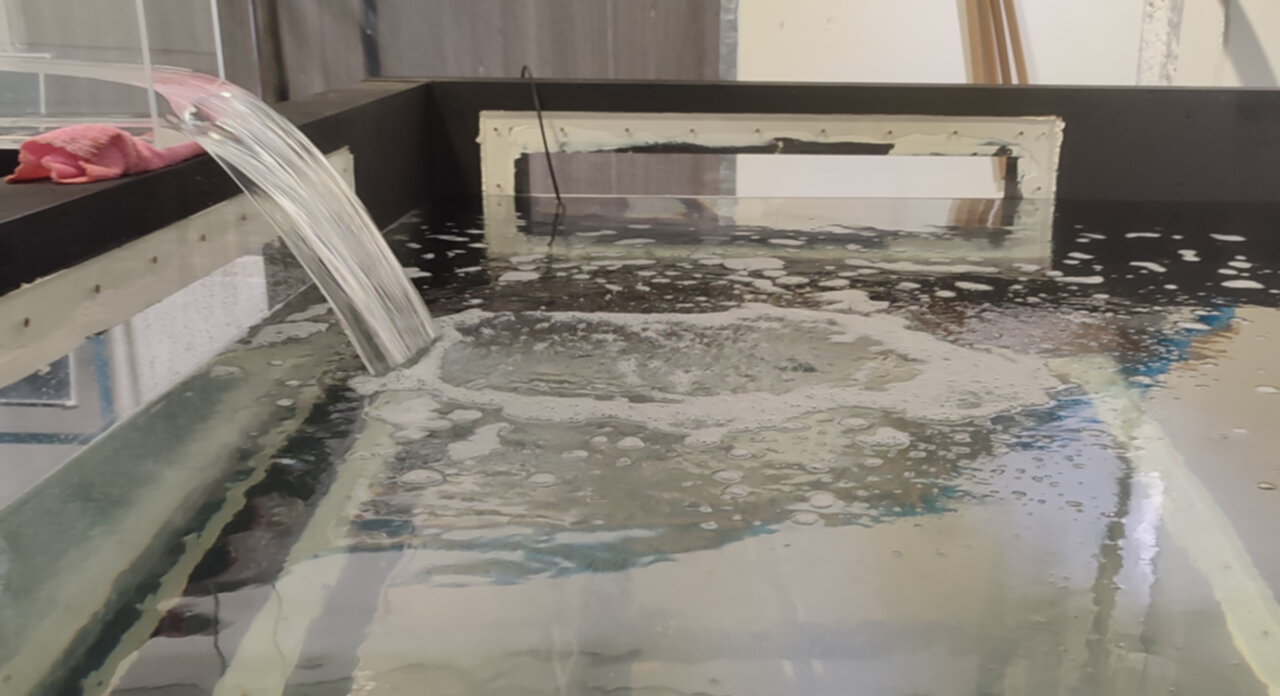
Aiming at answering these questions and at the same time to study Da Vinci's turbulent flows is the goal of the Project Turbulence in the times of Da Vinci: A flow forensic analysis using modern experimental techniques. This is a 2-year cooperation project between the Institute of Hydro-engineering of Polish Academy of Sciences and the University of Bologna (Italy), funded by the Richard Lounsbery Foundation (USA). Rui Aleixo and Jarosław Biegowski from the Institute of Hydro-engineering of Polish Academy of Sciences and Massimo Guerrero from the University of Bologna compose the research team.
Part of the study of the mean and turbulent flow characterisation has been carried out using Ubertone's UB-Lab X2. Given the range of frequencies available for the acoustic sensors, this instrument allowed not only determining the velocity profiles in the measurement basin (Figure 2), but also to focus on local features (Figure 3). Its flexibility allowed for efficient and accurate measurements even non-intrusive by traversing the Perspex walls Figure 4 and 5).
